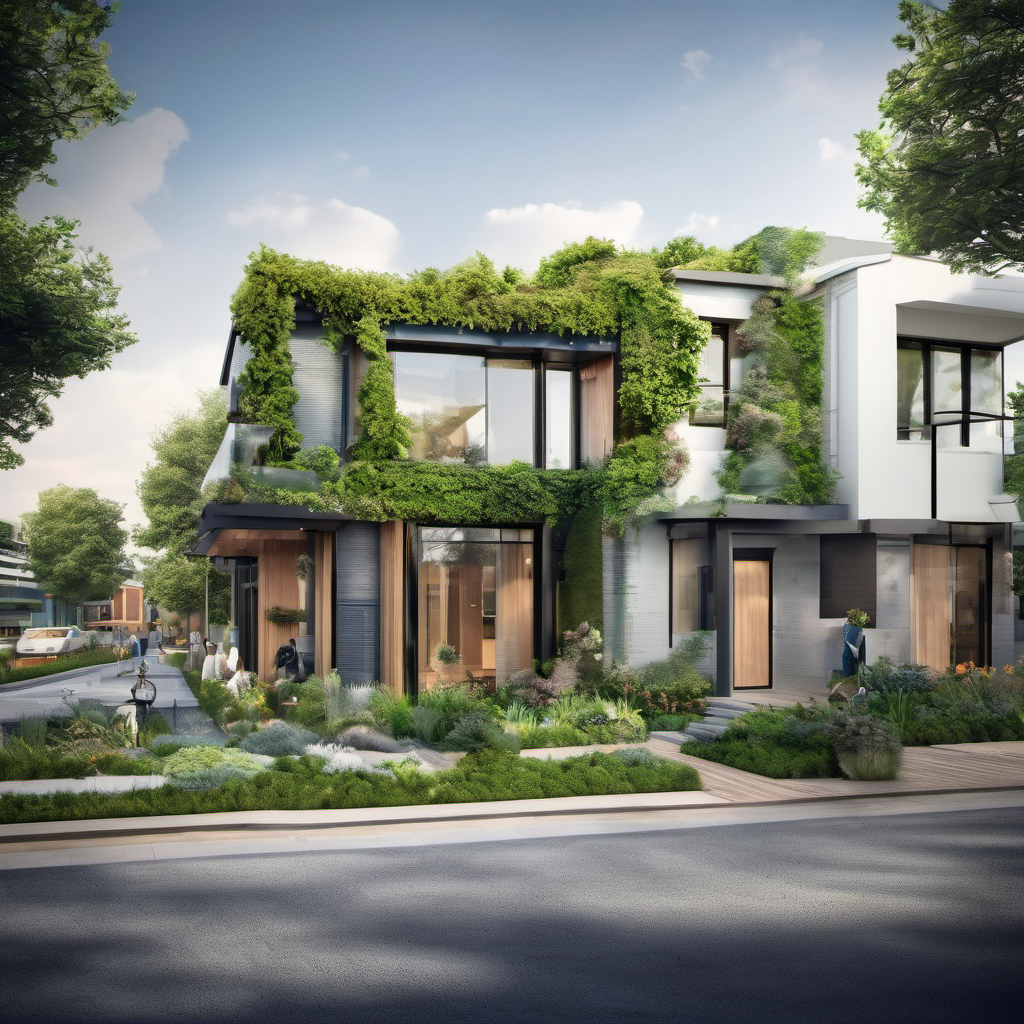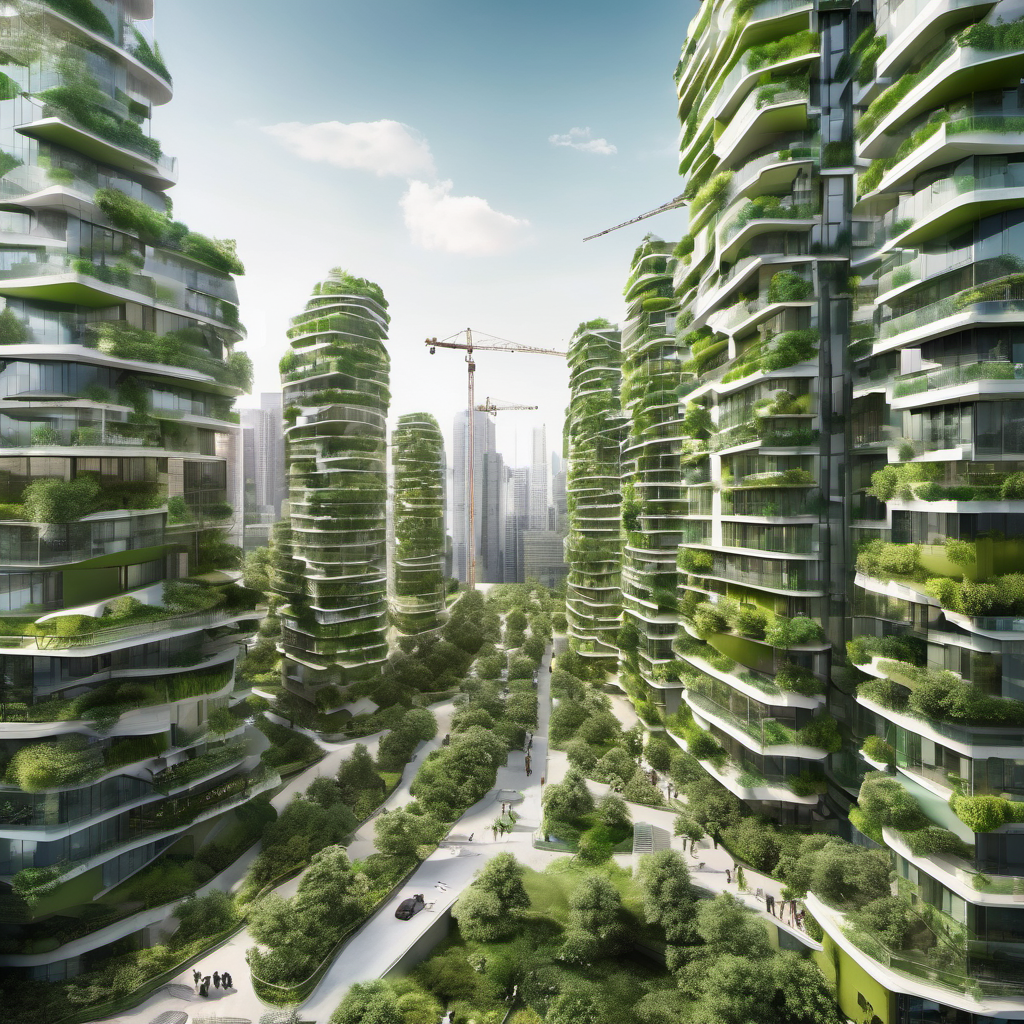In this article we read more about “Embracing the Green Wave: Top 10 Sustainability Trends in 2024”. In a world where environmental concerns are at the forefront of global discussions, businesses and individuals alike are increasingly recognizing the importance of embracing sustainability practices.
From eco-friendly technologies to green building strategies, the shift towards sustainability trends is evident across various sectors.
Top 10 green sustainability trends in 2024
Here are the top 10 green sustainability trends that are shaping the landscape of business, management, tech, lifestyle, marketing, and sustainable development.
Carbon Neutrality and Net-Zero Commitments
Organizations are committing to
- carbon neutrality and
- net-zero emissions as part of their corporate social responsibility.
This involves
- implementing eco-friendly practices,
- investing in renewable energy sources, and
- offsetting carbon footprints through initiatives such as tree planting and sustainable energy projects.
Circular Economy Integration in Business
The concept of a circular economy is gaining momentum as businesses seek to
- minimize waste and
- promote recycling.
Companies are now adopting practices that prioritize the life cycle of products, ensuring materials are reused, repurposed, and recycled to create a closed-loop system.
Remote Work and Sustainable Management
The rise of remote work is contributing to a reduction in carbon emissions. Companies are adopting sustainable management practices by
- encouraging remote work,
- reducing the need for daily commuting, and
- implementing energy-efficient technologies in virtual workplaces.
Renewable Energy Integration in Technology
The tech industry is increasingly focusing on harnessing the power of renewable energy sources. From data centers powered by
- solar and
- wind energy to the development of energy-efficient devices,
technology companies are leading the way in the adoption of eco-friendly solutions.
Eco-Friendly Lifestyle Choices
Consumers are making more environmentally conscious lifestyle choices, from opting for
- sustainable and
- cruelty-free products to embracing minimalist and zero-waste lifestyles.
Sustainable living is no longer a niche trend but a mainstream movement influencing purchasing decisions across various demographics.
Smart Sustainable Cities Development
Urban areas are undergoing a transformation towards smart and sustainable cities.
Integration of technology to optimize
- energy usage,
- waste management, and
- transportation systems

is key to building cities that are environmentally friendly, efficient, and resilient.
Regenerative Agriculture Practices
The agriculture sector is adopting regenerative practices that prioritize
- soil health,
- biodiversity, and
- water conservation.
These sustainable farming methods aim to enhance ecosystem services, sequester carbon, and promote the long-term health of both the land and the communities that depend on it.
Blockchain for Sustainable Supply Chains
Blockchain technology leveraged to create transparent and traceable supply chains. This ensures
- products are ethically sourced, and
- consumers make informed choices about the environmental and social impact of their purchases.
Green Finance and Impact Investing
The financial sector is witnessing a surge in green finance and impact investing.
Investors are increasingly directing funds towards projects and businesses that prioritize
- environmental,
- social, and
- governance (ESG) criteria,
promoting sustainable development on a global scale
Exploration of Green Building Trends
The green wave sweeping across industries is particularly transformative in the construction sector, where innovative approaches are reshaping the way buildings are designed, constructed, and maintained.
Beyond the overarching sustainability trends mentioned earlier, let’s delve into some specific developments that are propelling sustainability in the realm of construction.

Building Tomorrow
In the ever-changing world of eco-friendliness, “Building Tomorrow” pops up as a shout-out for change and proof that green building trends are real game-changers. While we tackle today’s challenges, our eyes on the future go beyond just physical buildings; it’s all about a cool and visionary way of doing architecture that’s all about innovation, resilience, and caring for the environment.
This article dives into the lively world of green construction trends, shining a light on stuff that not only shakes up how we build now but also lays the groundwork for a future that’s chill and sustainable. From dreaming of buildings with net-zero energy vibes to designs that take cues from nature’s cool tricks, “Building Tomorrow” sums up the vibe of a crew committed to creating buildings that stick around and shout,
“Hey, we’re making progress responsibly!”
Net Zero Energy Buildings
The concept of Net Zero Energy Buildings takes center stage in the construction industry.
These buildings aim to produce as much energy as they consume, utilizing a combination of energy-efficient technologies, on-site renewable energy generation, and smart energy management systems to achieve a net-zero carbon footprint.
Climate-Change Ready Buildings
With the increasing frequency and intensity of climate-related events, construction practices are adapting to create climate-change-ready buildings. These structures are designed to withstand extreme weather conditions, ensuring resilience against storms, floods, and other climate challenges.
Smart Buildings
The integration of smart technologies in buildings goes beyond energy efficiency. Smart buildings use sensors and automation to optimize resource utilization, monitor air quality, and enhance occupant comfort. This holistic approach contributes to a sustainable and intelligent built environment.
Energy everywhere
Distributed Energy Systems
Embracing distributed energy systems allows buildings to generate and manage their energy locally. This decentralization reduces transmission losses, enhances energy security, and often incorporates renewable energy sources like solar panels and wind turbines.
Energy Efficiency Design
These principles are fundamental to green building practices. From insulation and ventilation to lighting and appliances, architects and builders are prioritizing designs that minimize energy consumption while maintaining optimal functionality.
Renewable Energy Usage
The widespread adoption of renewable energy sources, such as solar and wind power, is transforming how buildings source their energy. Combining renewable energy generation with energy storage systems ensures a continuous and sustainable power supply.
Low-Emitting Windows
These windows contribute to energy efficiency by minimizing heat transfer and reducing the need for excessive heating or cooling. These windows are designed to provide optimal insulation while allowing natural light to illuminate the interior spaces.
Cool Roofs
These roofs reflect more sunlight and absorb less heat, contributing to reduced energy consumption for cooling purposes. This simple yet effective design element helps mitigate the urban heat island effect and lowers overall energy demand.
Getting closer to the nature
Biomimicry
Biomimicry in construction draws inspiration from nature to create buildings that not only coexist harmoniously with their surroundings but also leverage natural solutions for enhanced energy efficiency, insulation, and overall sustainability.
Water Conservation
Sustainable construction practices are increasingly incorporating water-saving technologies. From efficient irrigation systems to water-recycling mechanisms, buildings are designed to minimize water consumption and contribute to overall water conservation efforts.
Sustainable Building Materials
The choice of materials plays a crucial role in green building practices. Sustainable building materials, such as recycled steel, bamboo, and reclaimed wood, are gaining popularity for their lower environmental footprint and durability.
